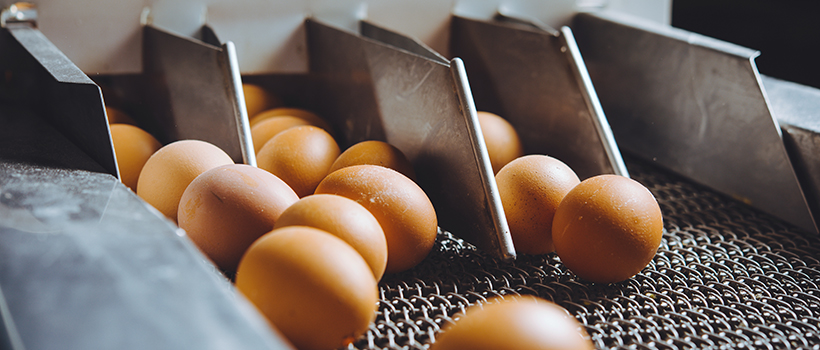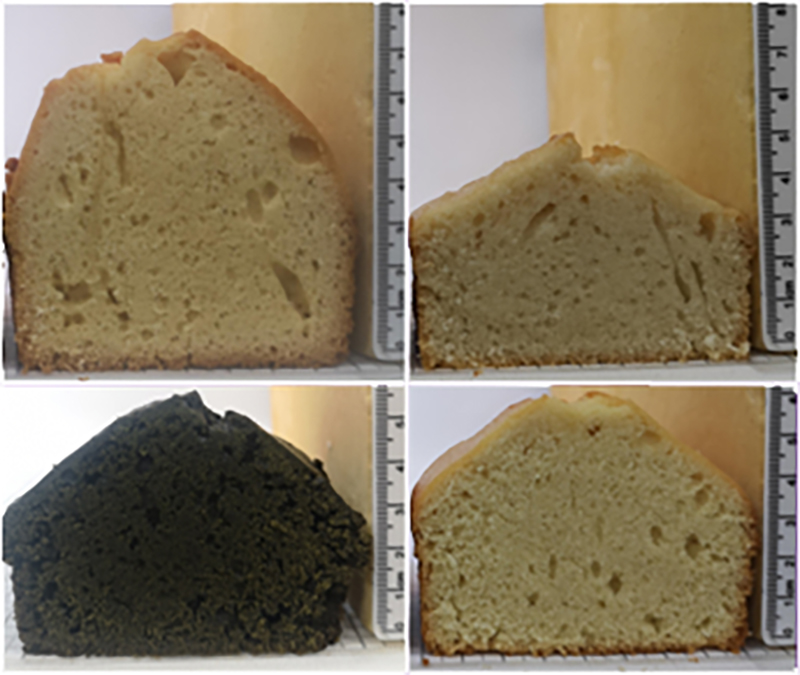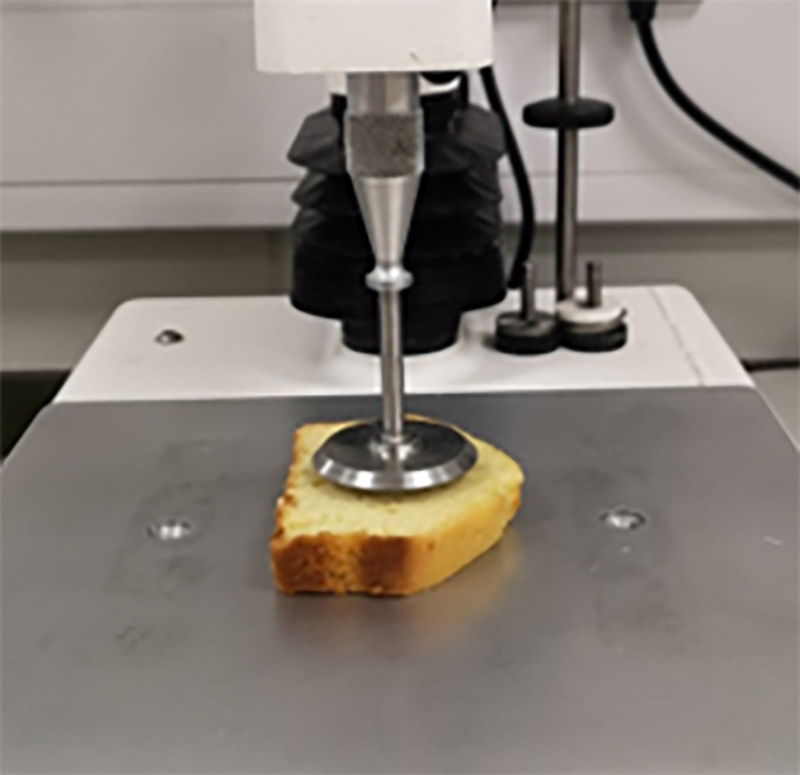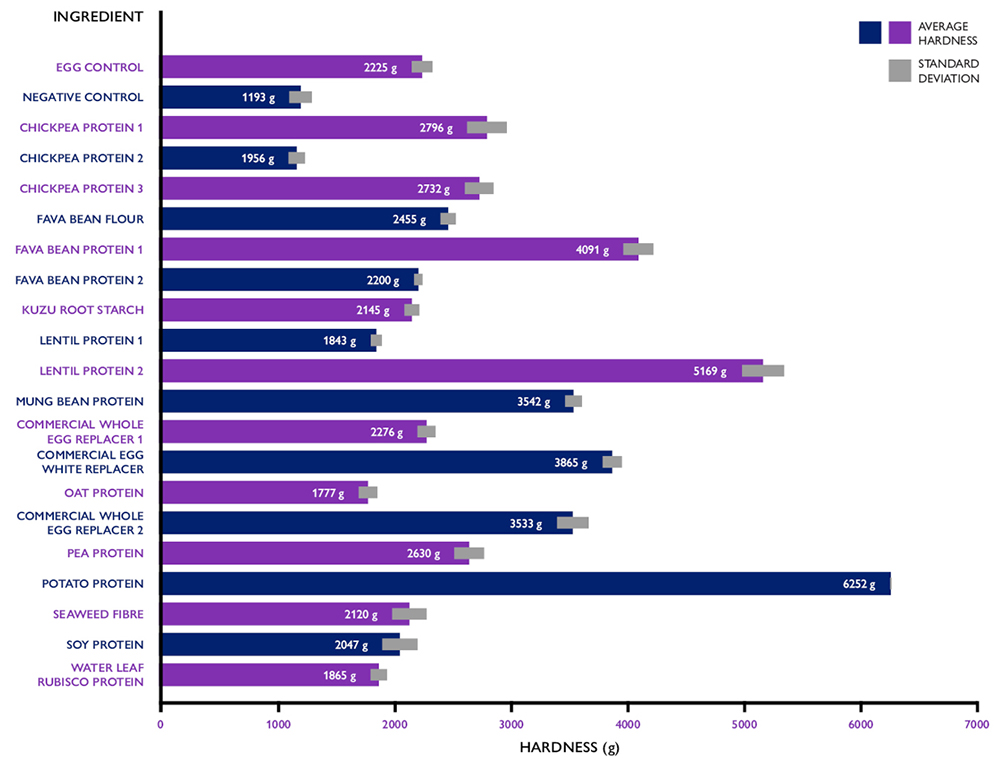
Trialling plant-based replacements for egg in bakery
24 November 2022 | Laura Sherwood, Senior Bakery Technologist
Due to consumer considerations around sustainability, ethics and health, the demand for plant-based products continues to rise. We have received a growing number of queries regarding vegan and plant-based alternatives to eggs in bakery and other sectors.
In baked goods, egg functionality can include binding, aeration, structure / stabilisation, leavening, thickening, emulsification, flavour and colour. As such, manufacturers need support in introducing alternative ingredients that fulfil the market’s appetite for plant-based whilst ensuring the safety, quality and success of their products.
To help manufacturers, we set out to evaluate the success of a range of plant-based ingredients as egg replacers, focussing specifically on cakes.
Various plant-based ingredients were evaluated as 100% egg replacers in a standard cake recipe
We tested plant proteins, starches and fibres. To give a high level of control and facilitate a strong foundation for future studies, we used singular ingredients as total egg replacements.
Whilst recipe, equipment, processing method and oven all factor into the success of any ingredient or change, it was important for us to begin by assessing these ingredients as a direct replacement for egg with all other variables controlled for. This in itself could be an important initial indication of an ingredient’s potential.
Ingredients chosen for the study were:
2x chickpea, 3x fava bean, 1x mung bean, 2x lentil, 1x pea, 1x potato, 1x water leaf RuBisCO, 1x soy protein-rich, 1x kuzu root starch, 1x seaweed fibre, 1x oat protein and 2x commercial egg replacer blend ingredients.
| Standardised pound cake recipe (Egg-containing control recipe) |
||||||
|---|---|---|---|---|---|---|
| Ingredient | Sunflower oil | Cake flour | Sugar | Baking powder | Whole egg | Total |
| Recipe (%) | 15.0 | 28.0 | 28.0 | 1.0 | 28.0 | 100.0 |
An egg-containing pound cake recipe was used as the control. Egg replacer ingredients were made into solution and were then used as a 1-1 replacement for reconstituted whole egg in this same pound cake recipe. The negative control included no egg or replacer.
Results show promise for some replacements
From the photo below, it is clear to see that some replacers gave better outcomes than others for the recipe and method used here. These images show the egg-containing control cake (top left), the negative control made without egg (top right), the cake made with RuBisCO (bottom left) and the cake made using one of the lentil proteins (bottom right).

Although none of the egg replacer cakes matched exactly to the egg-containing control in terms of cake specific volume, there were some stand outs. One of the lentil proteins, the mung bean protein and one of the fava bean proteins produced cakes with volumes 80-82% that of the control, where many of the other egg-free cakes produced only 60-79%.
The image below is of one of the cakes being tested for hardness using the Texture Analyser.

Cakes showed varying softness. Some of the softest cakes were up to 20% softer than the control cake; fava bean (1%), kuzu (3%), seaweed (4%), soy (7%), chickpea (12%), rubisco (16%), lentil (17%) and oat (20%).
Potato protein, an alternate lentil protein and an alternate fava bean protein, however, all produced cakes that were much harder than the egg control (measuring 1.8 to 2.8 times firmer).
Strangely, simply removing egg (the negative control) gives a softer cake but reduced volume.
Cake hardness

Results were very different between the different types of Lentil ingredient, between the different suppliers of Fava Bean and between the different suppliers of Chickpea Protein. For ingredients where only one type and supplier were included, this could indicate that other types / suppliers of those ingredients may give different results. Meaning also that there could be opportunities for success from those ingredient types that performed less well in this initial study.
Campden BRI can support you in replacing eggs in your product
Campden BRI can support with the reduction or replacement of key ingredients such as egg. This initial testing, changing only egg, opens up possibilities to test further and some ingredients already showed great promise by producing good quality cakes. For those ingredients that showed less success in these trials, the fact that these were conducted as a direct replacement keeps open the opportunity for Campden BRI to support further in finding the right conditions to make these ingredients work.
Campden BRI can offer application trials to help you find suitable potential alternatives with which to reformulate your product. We can also perform functionality testing to find the optimal conditions and recipe to get the best results from a specific ingredient that you wish to use.
With functionally important ingredients like egg, it is not always immediately obvious what all of the functions are that your raw material is delivering. We can ensure that the functionality is fully understood for your specific product, provide support in finding the best alternative for you and guide you through all stages of the product development process. As well as making your existing product plant-based and introducing new plant-based products, Campden BRI’s Product Innovation Team can also support in reformulations relating to health claims and value optimisation.
How can we help you?
If you’d like to find out more about replacing egg in your products, contact our support team to find out how we can help.
Are you a Campden BRI member who attends the MIG meetings?
- If not, you’re missing out on a whole host of exclusive benefits such as learning from industry-leading experts and networking with peers to overcome your challenges.







